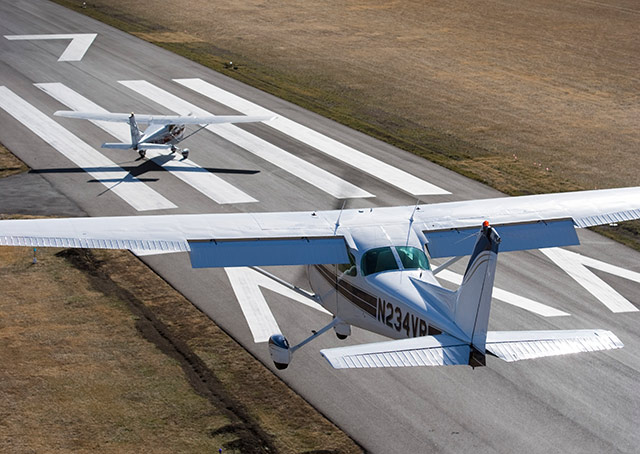
It’s an awful feeling. You line up on the runway and begin your takeoff run. Just as you rotate, another pilot announces a go-around from short final because he was “cut off by a departing aircraft.”
You are all contrition and apology, but that must wait. Right now your only concern is to avoid collision. The aircraft going around will probably have the better view of the situation, especially if the pilot has maneuvered upwind to keep what’s below in view.
This scenario flips the script of the Jan. 25 Training Tip, which placed you in the faultless position of piloting the aircraft on final when the offending aircraft taxied out and took off despite the regulation giving an aircraft on final “the right-of-way over other aircraft in flight or operating on the surface.”
It’s easy to read malice or disregard into the other guy’s actions. But you’re not the malicious type—so what might have broken down in a process that is usually pretty orderly?
The popular explanation, “I didn’t hear anyone on the radio,” doesn’t hold up as a justification, despite the strong emphasis your instructor may place on good communications technique and making quality position reports in the pattern. There are plenty of reasons why a radio call isn’t heard. Perhaps it was “stepped on” by another transmission.
This is still visual flying. How thorough are your efforts to keep track of aircraft in the pattern, including those that may he approaching from a nonstandard direction or on a longer-than-usual final approach, as from a practice instrument approach? Are you keeping a lookout throughout your ground operations? Or did you only give a quick glance down the final approach before taxiing out?
Pilots who acquire that bad habit often compound it by announcing their departure just as they begin the takeoff roll—if at all—reducing the advisory value of the announcement to almost nil.
Should you ever find yourself in this predicament, fly the airplane, communicate, and try to keep the other aircraft in sight.
Chances are two benefits will come from the experience: One, you will become extraordinarily risk-aware in the future; two, when you are on final approach, you will light up your aircraft and work the radio, but still rely mostly on your own heightened vigilance to stay safe.



